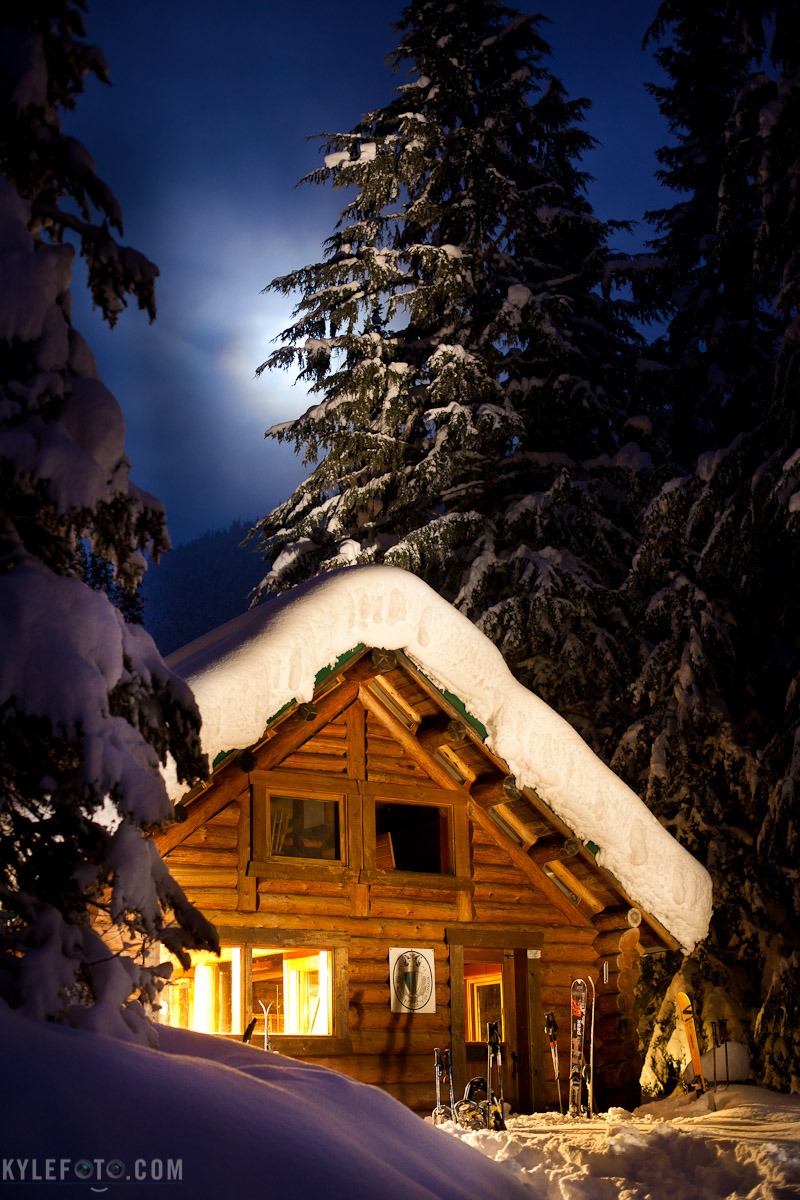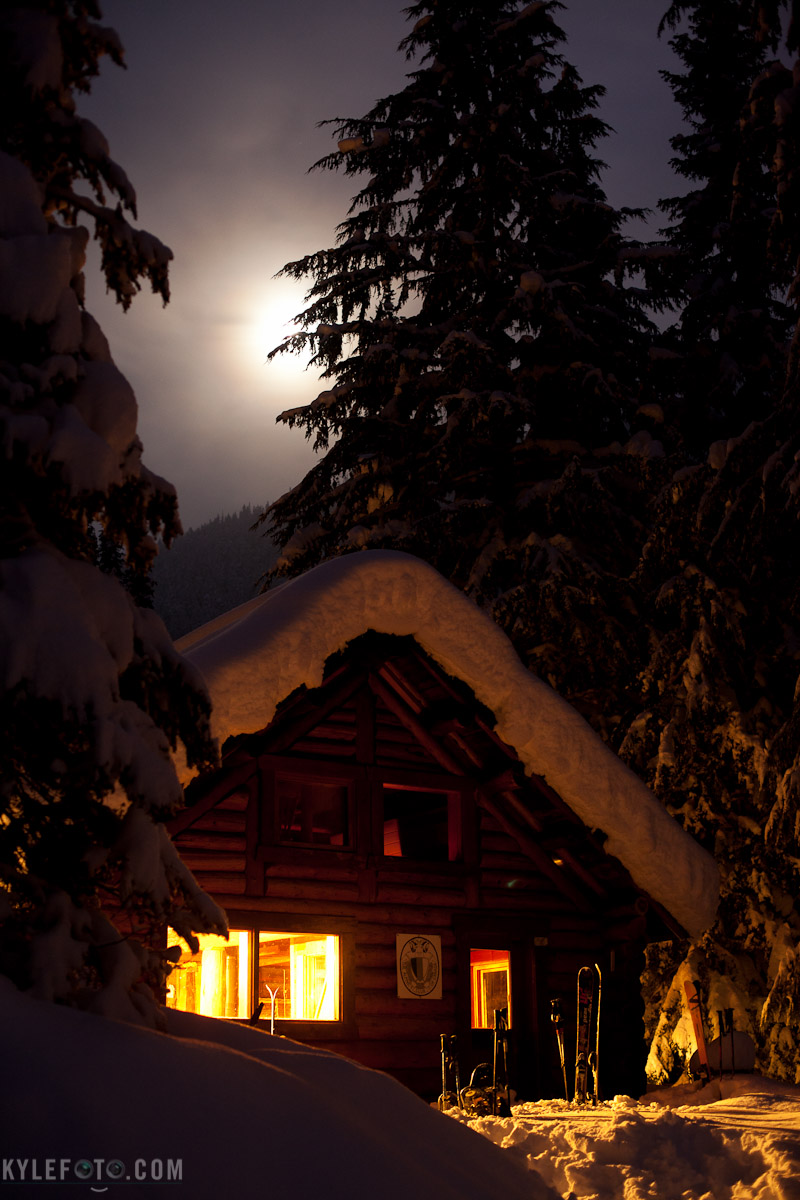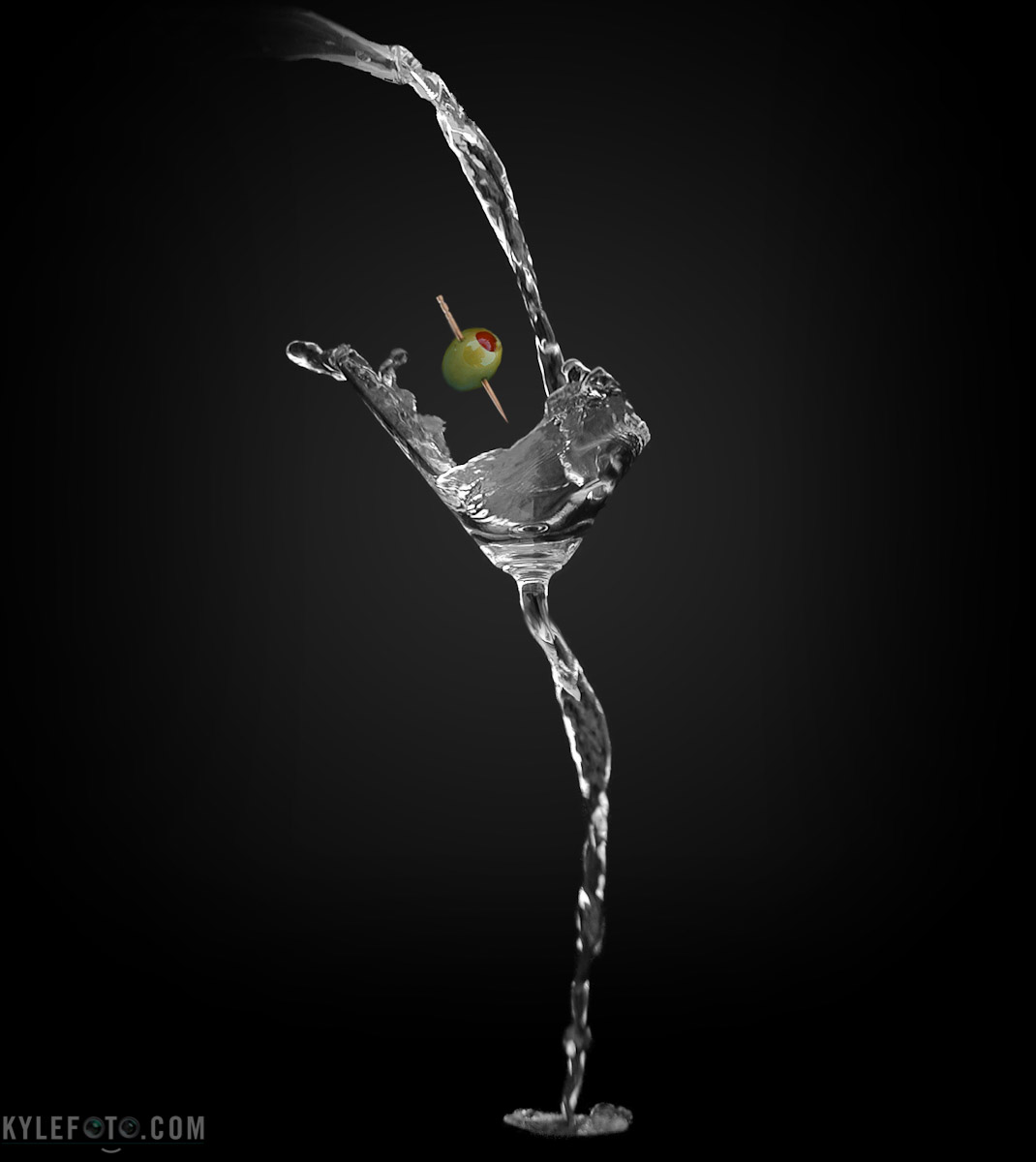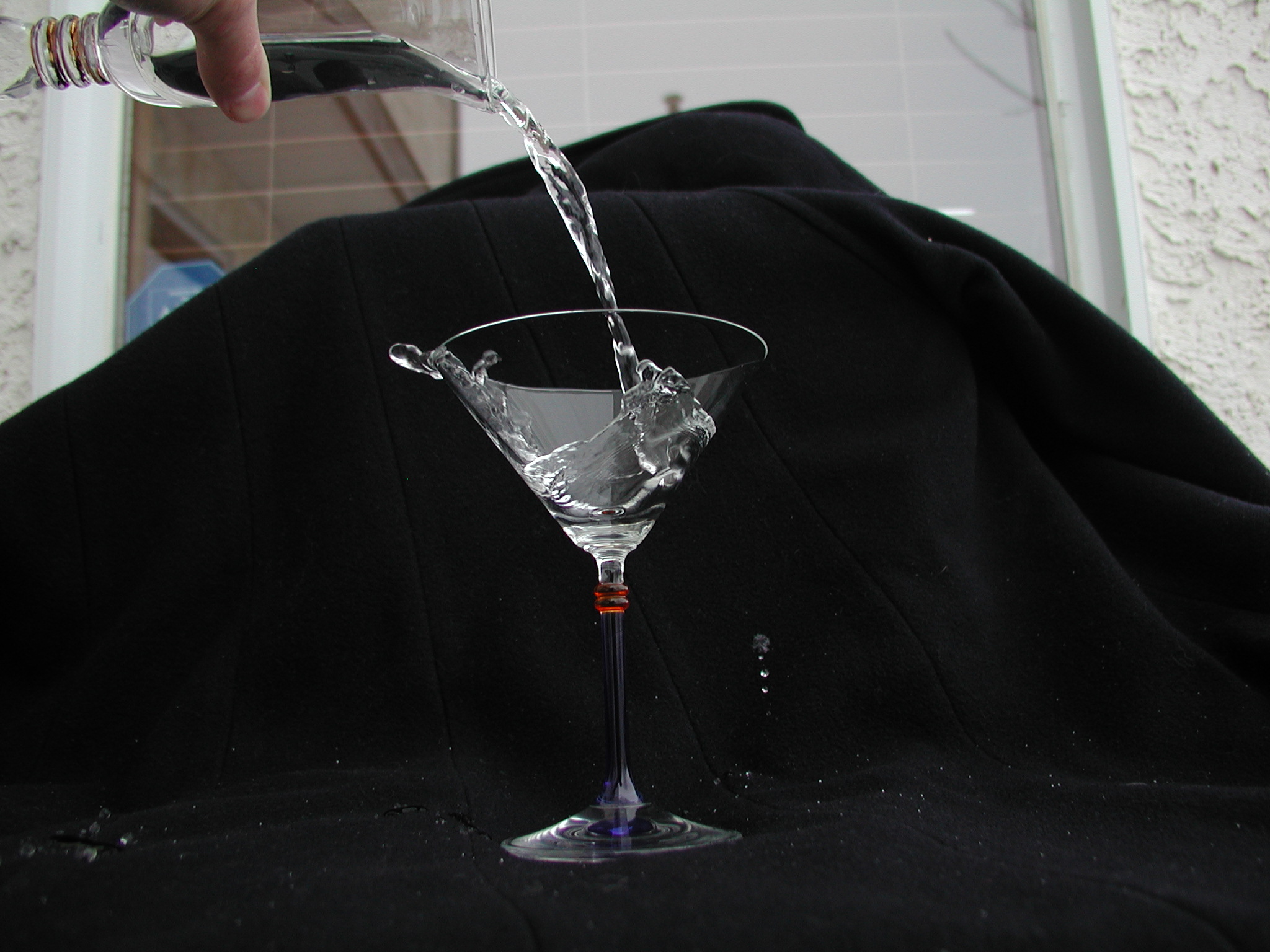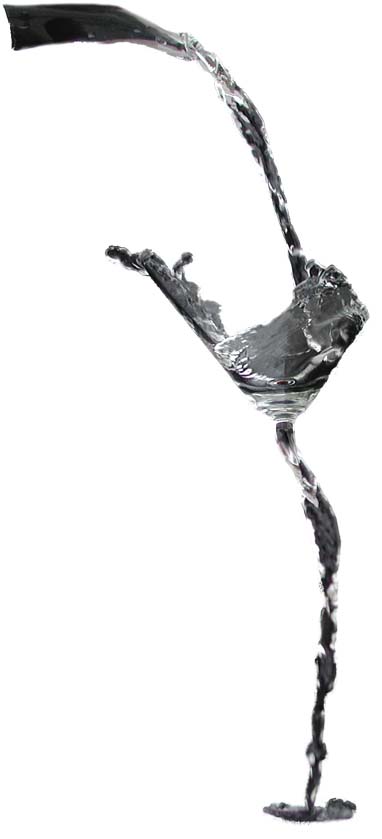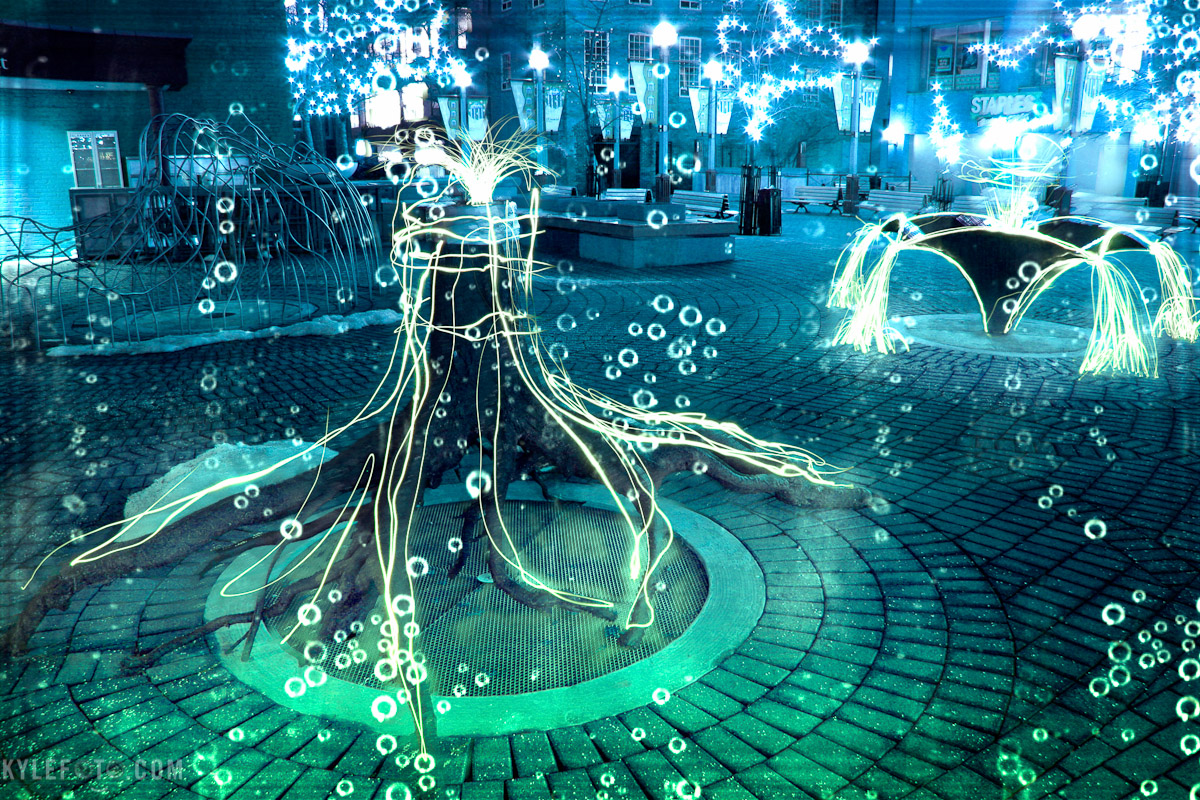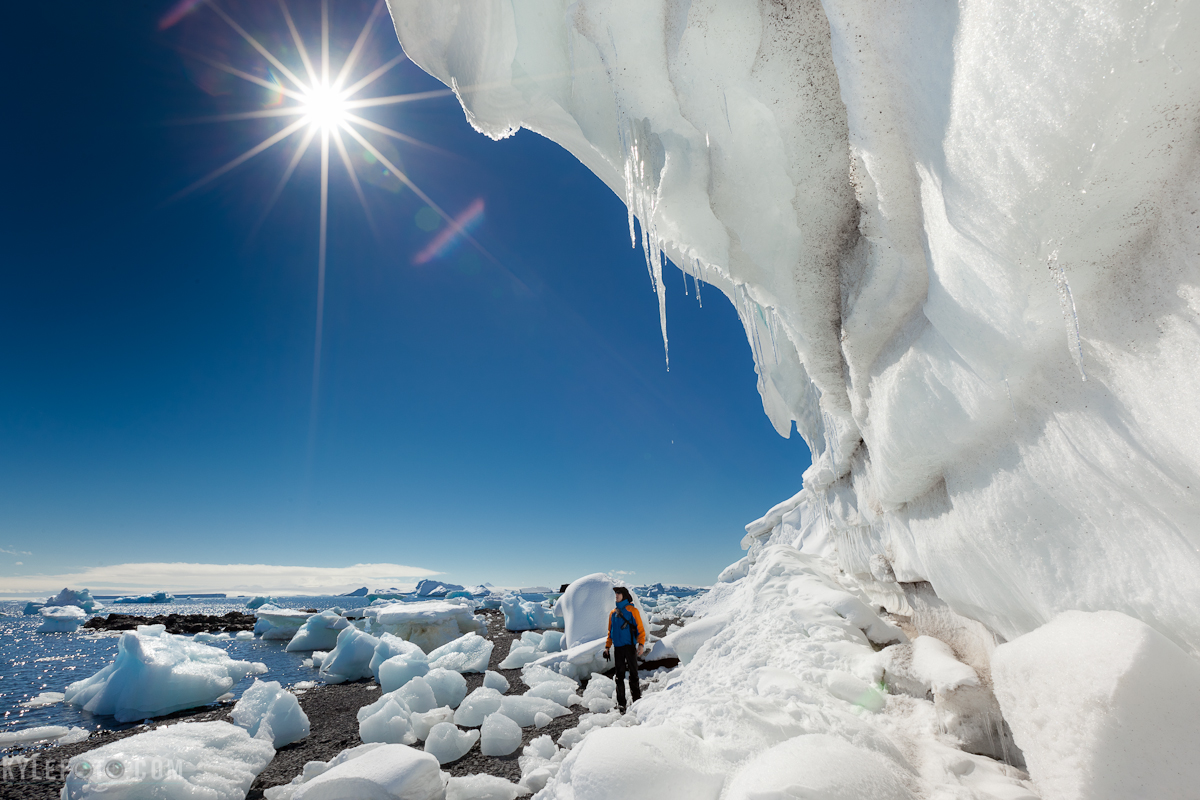Svalbard, Norwegian ArcticFrom the blog http://www.kylefoto.com
This sky was particularly beautiful. Sometimes it’s not about the extraordinary landscapes that are under my feet, but the canvas of ever changing colour and texture above in the sky.
Photographic Details: Shot at the brightest exposure I could allow myself in order to capture the most detail, I also used a circular polarizer. A handy little filter known for darkening the blue sky in order to get the sky to pop. If the sun is in the right direction often the piece of sky 90 degrees perpendicular to it is greatly effected by the polarizer, adding a bit more drama to the image.
The best way to visualise which part of the sky will be greatly effected by a polariser is by making a 90 degree angle with your thumb and index finger, like making a pretend gun with your hand. If you keep your thumb pointed directly at the sun at all times, any direction you can then point your index finger will tell you where the sky is mostly effected by the polariser, voila! Your hand is a polarised sky finder!
1/125s f/9.0 ISO100 16mm



